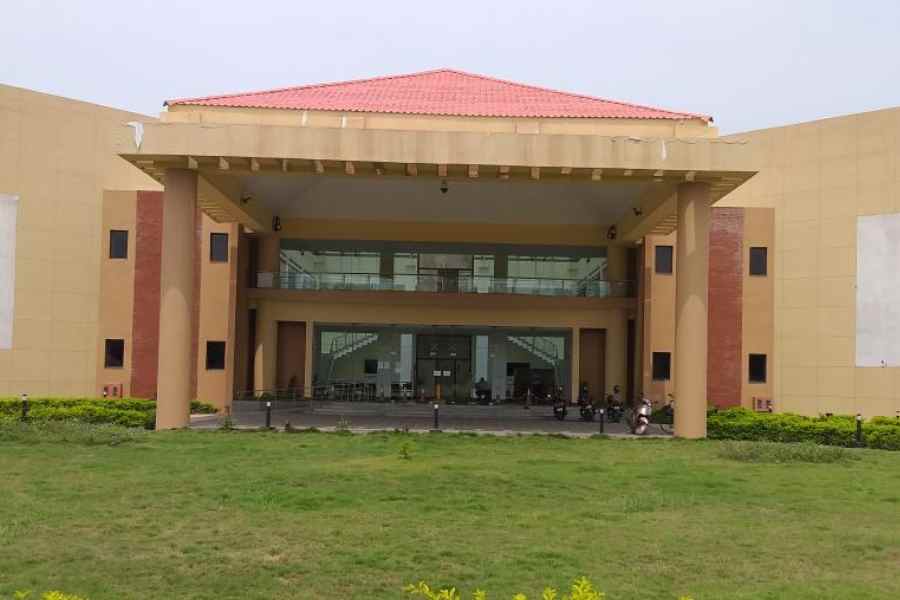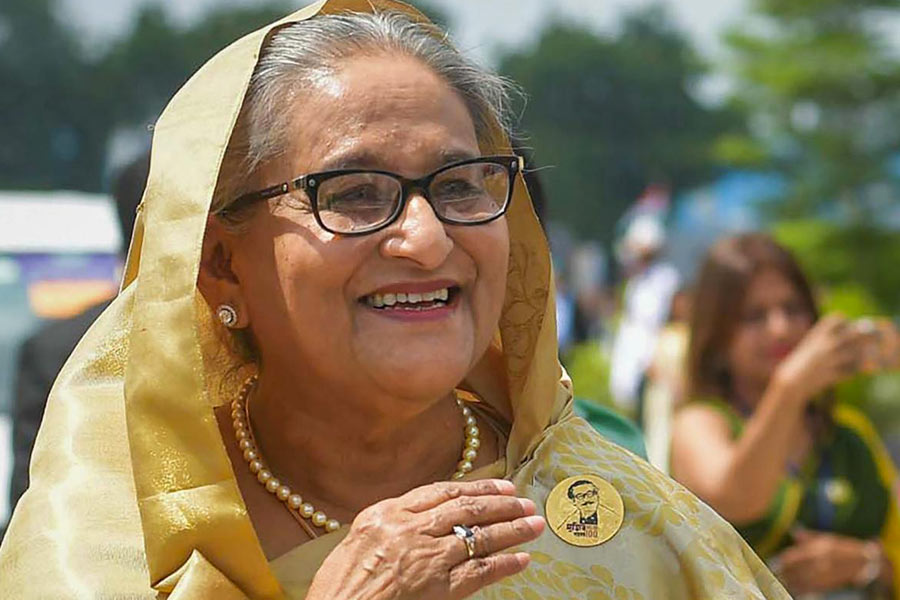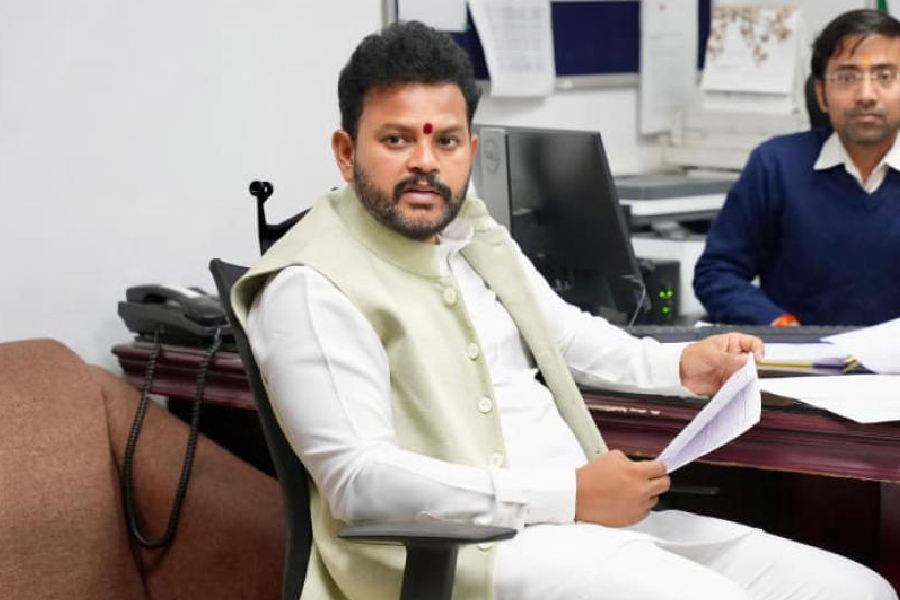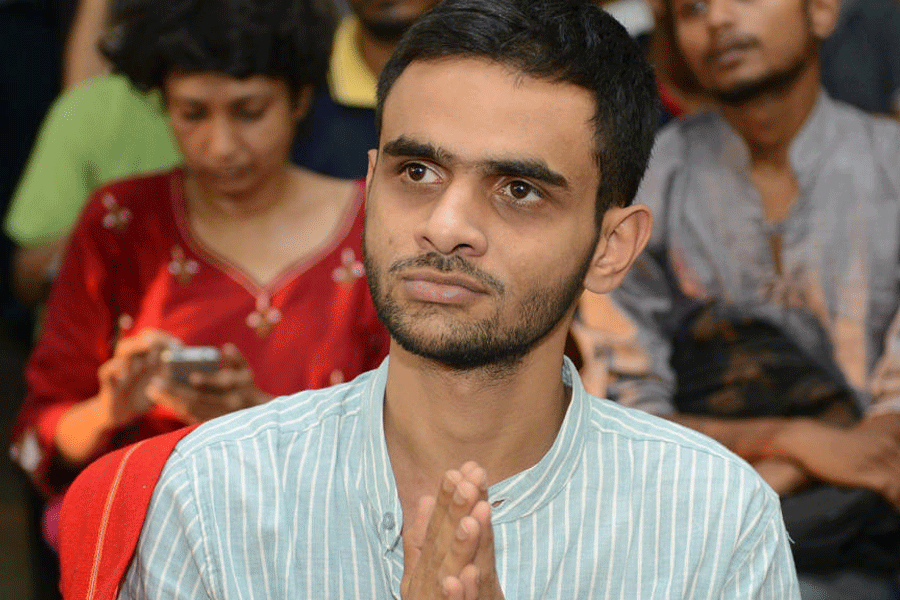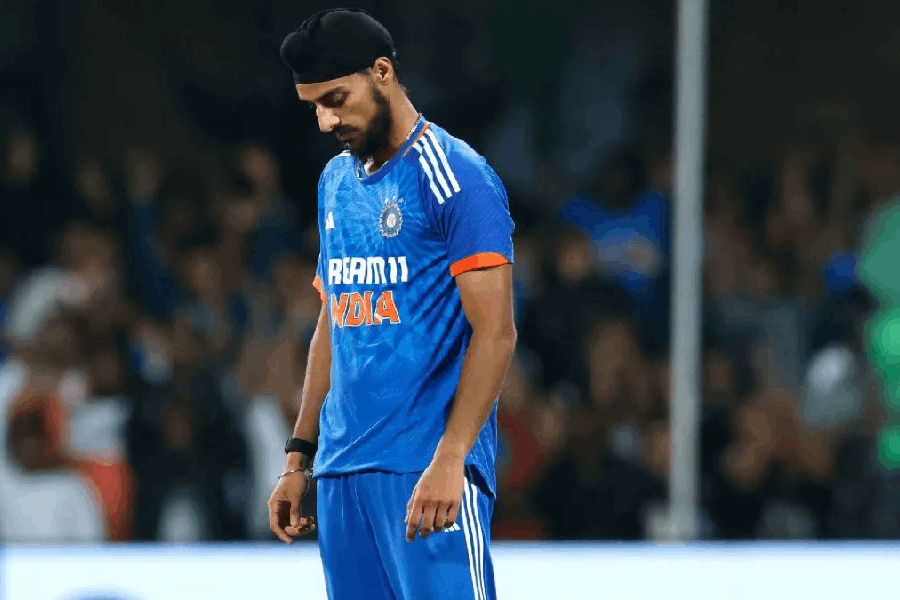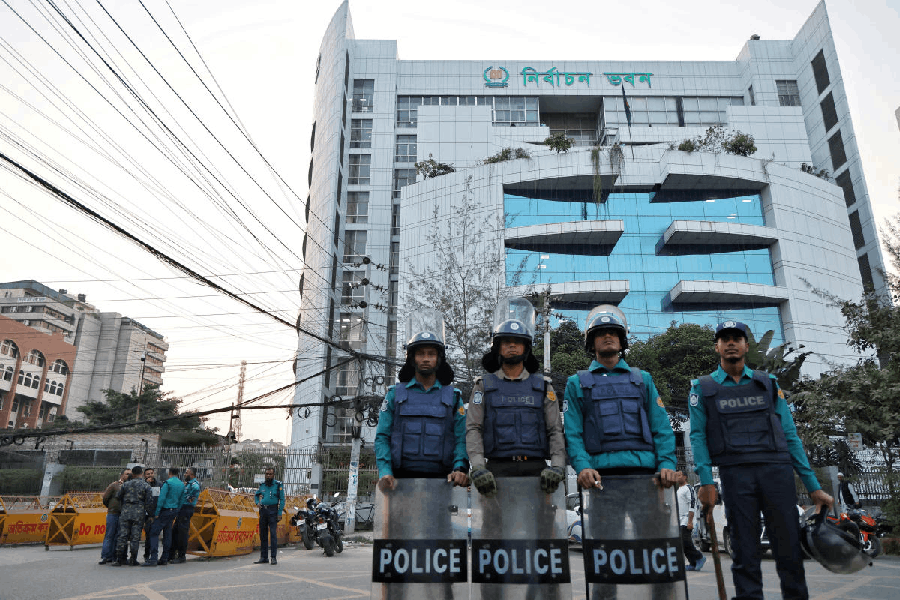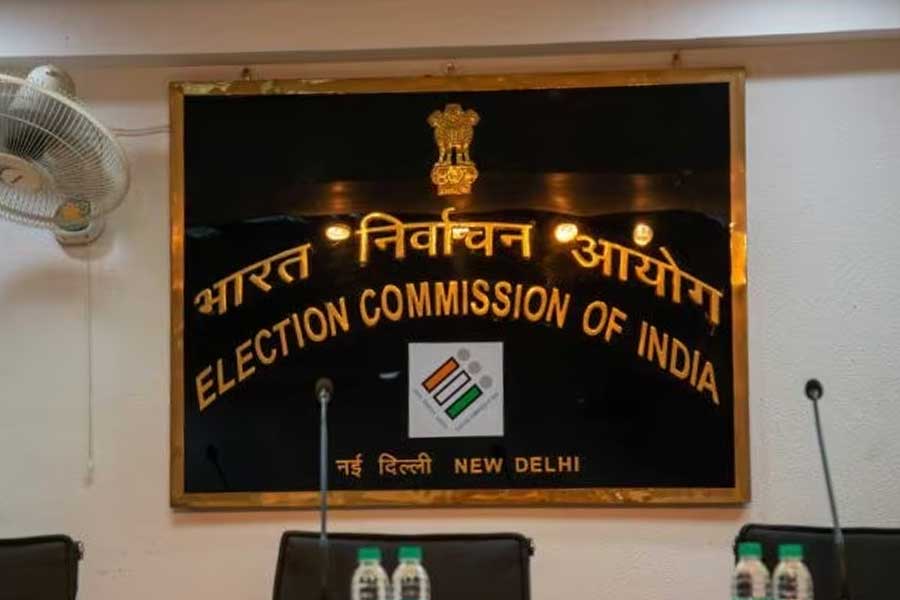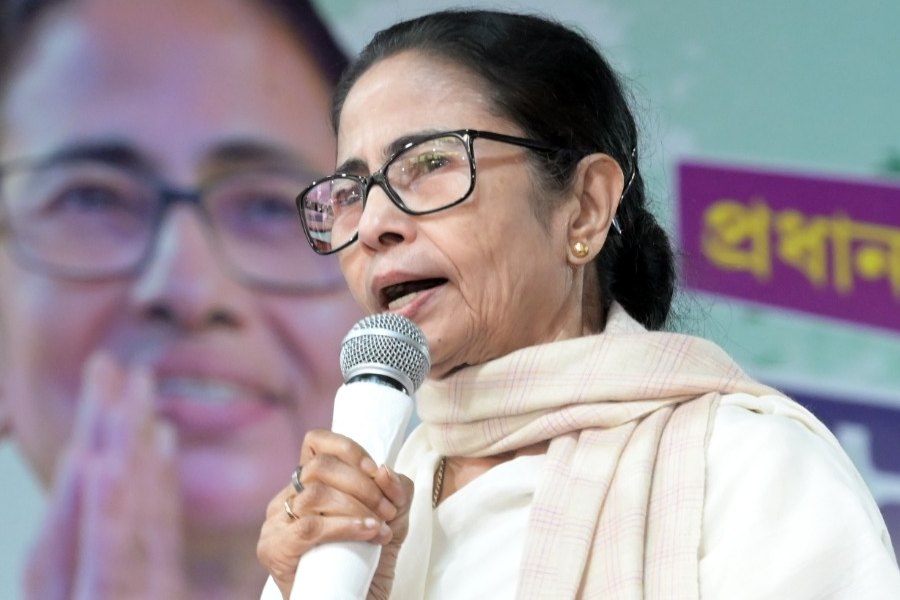The Bangladesh government has given the go-ahead for the completion of the Bangladesh Bhavana museum in Santiniketan following Sheikh Hasina’s election victory.
Bangladesh Bhavana was inaugurated on the Visva-Bharati campus in 2018 but its museum has remained a makeshift one.
Bangladesh Bhavana, a 44,261sqft facility set up with funds provided by Dhaka, encompasses a museum, a library, an auditorium and a centre for research on the Liberation War of 1971 apart from the country’s history, culture and art.
The museum has four main components: the history of Bangladesh; the Liberation War with particular emphasis on Bangabandhu Sheikh Mujibur Rahman; the Tagores and Bangladesh with special focus on Rabindranath in Bangladesh; and modern Bangladesh, highlighting Sheikh Mujibur and Mahatma Gandhi.
On May 25, 2018, Bangladesh Bhavana was jointly inaugurated by Prime Ministers Narendra Modi and Sheikh Hasina. But Covid forced the makeshift museum to close in 2020, stalling its completion too.
“We received definitive approval from the Bangladesh government about completion of the museum’s pending work in November. However, it was probably halted because of the election in the neighbouring country,” said Manabendra Mukhopadhyay, chief coordinator of Bangladesh Bhavana.
Mukhopadhyay added: “(After Sheikh Hasina’s victory), we were informed in a recent communication that the pending task would be speeded up shortly.”
A university official said a team led by Md Kamruzzaman, director of the Bangladesh National Museum, was likely to visit Santiniketan on January 22 or 23 to finalise the plans for the museum’s upcoming activities.
Tarik Sujat, curator and designer of the museum, said from Dhaka: “We have a plan to install a few more panels and archaeological items in the museum. I, along with architect Ehsan Khan, will work together to finalise the task during our visit to Santiniketan.”
He added: “The museum will become larger — we will use the space left unused during the inauguration.”
A senior university official said the museum needed not just to be curated properly but also renovated, since it had been closed for over three years.
Its maintenance was neglected during Bidyut Chakraborty’s tenure as vice-chancellor, causing the ACs to conk out and a portion of the canopy to collapse, he added.
Apart from funding the construction of Bangladesh Bhavana, Dhaka had allocated a corpus of Rs 10 crore for the day-to-day functioning and maintenance of the institution.
“We are trying to complete the renovation from the interest generated by the corpus,” a senior official at Bangladesh Bhavana said.
The museum has a digital exhibition dedicated to the Liberation War and the pivotal role of Mujibur Rahman and his contribution to independent Bangladesh.
Visva-Bharati will propose the inclusion of a panel highlighting India’s contribution to the liberation of Bangladesh, along with the role played by then Prime Minister Indira Gandhi.
“Currently, the museum features makeshift panels covering the 1952 Bhasha Andolon (Language Movement), the 1971 Liberation War, the history of Rabindranath Tagore’s Kuthibari in Shelaidaha, and panels on Sheikh Mujibar and Mahatma Gandhi,” a Visva-Bharati official said.
“There are also a few archaeological items from Bangladesh and samples of the country’s handicrafts.”
He added: “Most of the panels consist of printed photographs but we will ask for the original photographs once the museum is completed. We shall have a detailed discussion about this with the delegation from Bangladesh.”
The Hasina government recently established the six-storey, 33,000sqft 1971 Genocide Torture Archive and Museum in Khulna. Sheikh Hasina inaugurated the facility shortly before the January 7 general election.
Muntassir Mamoon, founder of the Genocide Museum and chairman of the trust that monitors the museum, said he was happy to learn that the Bangladesh Bhavana museum in Santiniketan was being developed finally.
“I anticipate that it will showcase archaeological artefacts and evidence spanning Bangladesh’s ancient history to the Liberation War,” said Mamoon, an academic who holds the Bangabandhu Chair professorship at Chittagong University.
“This will be valuable for researchers from both countries. It’s worth noting that many students from Bangladesh have studied at Visva-Bharati.”

